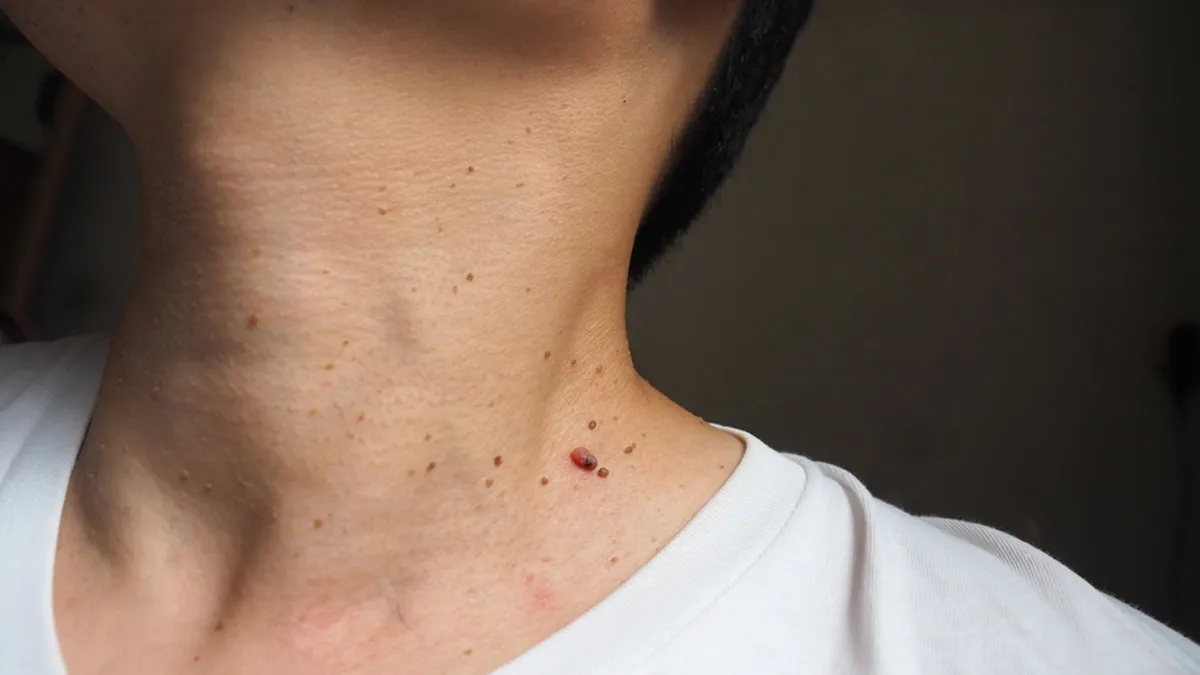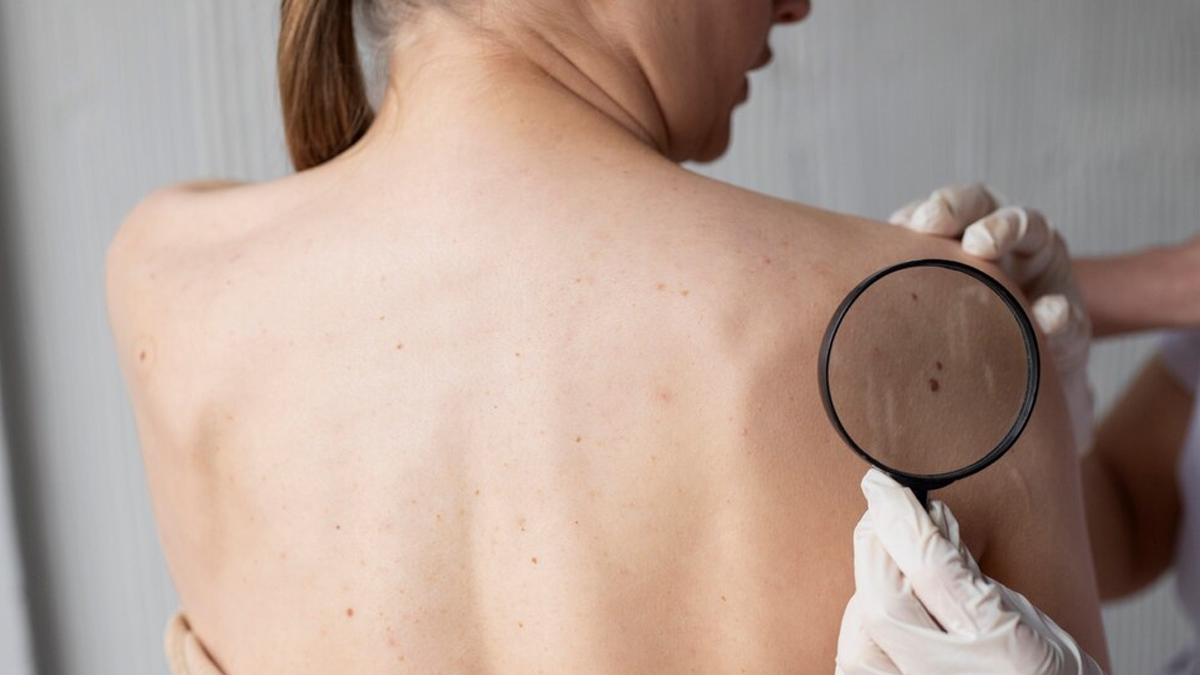
Uncontrolled diabetes can affect different parts of our body. It can lead to complications such as nerve damage, also called diabetic neuropathy, eye problems, known as diabetic retinopathy, and kidney issues, increasing the risk of chronic and end-stage kidney disease.
Table of Content:-
Additionally, high blood sugar levels can also impact the skin, which is the body’s largest organ. In some cases, the appearance of skin tags may even serve as an early sign of diabetes. Dr Mahesh D M, Endocrinologist, Aster CMI Hospital, Bengaluru, elaborates on the link and shares safe ways to approach it.
Also Read: Opting For Skin Tag Removal Patches? Expert Explains If They Are Safe To Use
What Are Skin Tags?

Skin tags are tiny growths on the skin that are usually harmless. They are usually soft, hanging skin that usually develops where the skin rubs on the skin or clothing, for instance, beneath the breasts, eyelids, groin, neck creases, and underarms.
According to the American Academy of Dermatology Association (AADA), people who are overweight, pregnant, or have loose skin are more likely to get skin tags.
Additionally, people who have diabetes and metabolic syndrome, like high blood pressure, unhealthy blood sugar levels, extra fat around their waist, or unhealthy cholesterol levels, are also more prone to developing skin tags.
Why Some People With Diabetes Develop Skin Tags

According to Dr Mahesh, elevated insulin levels can trigger excess skin cell growth, leading to the formation of skin tags. Insulin is a hormone that helps the body use glucose (sugar) for energy.
Insulin resistance occurs when the body doesn't use insulin effectively, leading to higher insulin levels, which can stimulate the growth of skin cells and contribute to the formation of skin tags.
Dr Mahesh highlights that skin tags themselves are not dangerous, but their presence could point to poorly managed blood sugar levels. Therefore, spotting such skin changes should prompt people to check their blood sugar levels and ensure they are under control. Early detection and timely management of diabetes can prevent more serious complications later.
Also Read: Why Some People Develop Skin Tags On Their Neck
Prevention Tips
Generally, a healthy fasting blood sugar level is considered to be between 70 and 100 mg/dL. Two hours after eating, a healthy blood sugar level is said to be less than 180 mg/dL.
Regardless of whether or not you have diabetes, it is crucial to maintain optimal blood sugar levels, as elevated glucose can contribute to skin changes and the formation of skin tags.
"Regularly monitoring and managing weight through a balanced diet and consistent exercise can also play a significant role, as obesity is a known risk factor for skin tag development," says Dr Mahesh, adding that practising good skin hygiene by keeping the skin clean and moisturised can help prevent irritation and friction, which usually causes skin tags.
Safe Ways To Remove Skin Tags For Diabetics

Skin tags are generally harmless. However, diabetes, which is an underlying cause, can be concerning, especially when it is not controlled effectively.
When asked whether diabetes-related skin tags can be removed, Dr Mahesh says, "It is essential for diabetics to approach the removal of skin tags with caution, as their skin may be more susceptible to complications such as infections or delayed healing."
"Various options exist for the removal of skin tags, including cryotherapy, which involves freezing the tag, and cauterisation, which uses heat to remove the growth. Additionally, some individuals may consider over-the-counter treatments that are specifically formulated for skin tag removal," he concluded.
Also watch this video
How we keep this article up to date:
We work with experts and keep a close eye on the latest in health and wellness. Whenever there is a new research or helpful information, we update our articles with accurate and useful advice.
Current Version